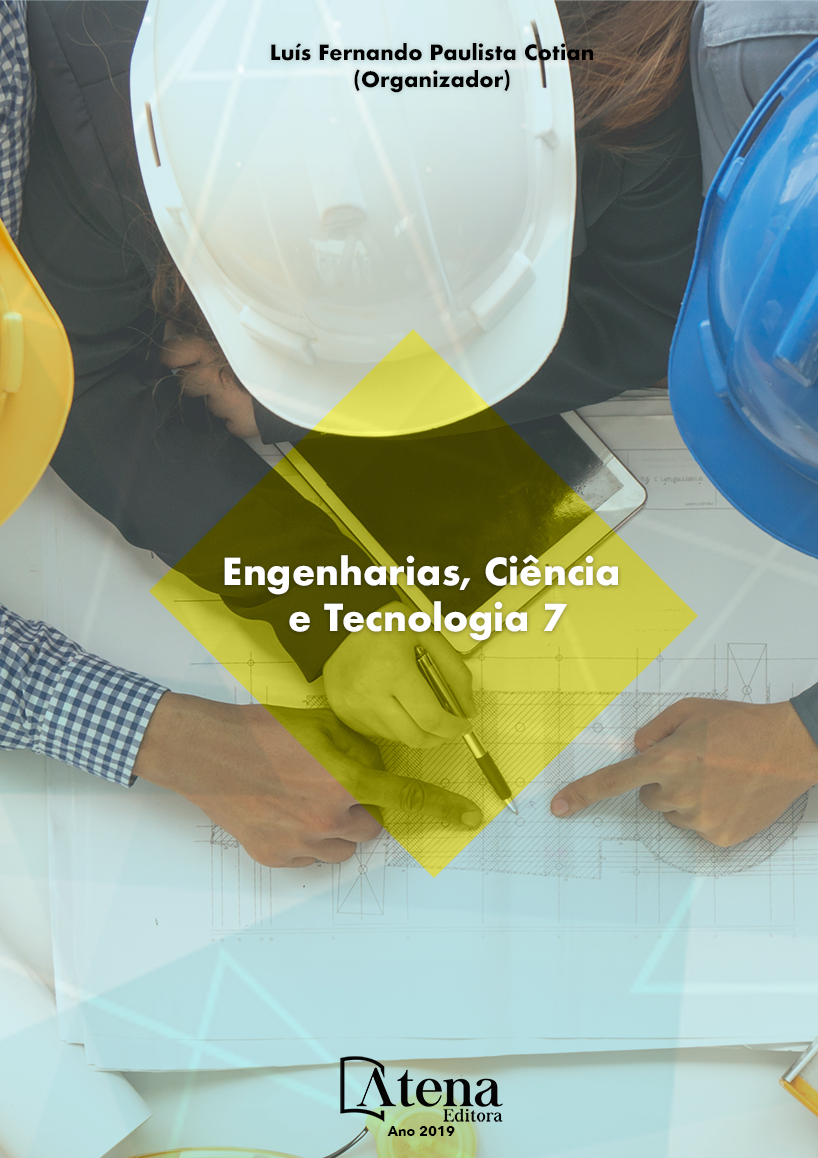
O ENSINO DE EDUCAÇÃO AMBIENTAL POR MEIO DO LETRAMENTO IMAGÉTICO NAS DISCIPLINAS DOS CURSOS DE ENGENHARIA
Não basta só ensinar a reduzir ou
mitigar impactos ambientais. Na atual era pósmoderna é preciso ir além de ações simples como
não jogar lixo no chão. O papel do educador
sobre questões transversais deve perpassar por
uma consciência crítica e reflexiva sobre o nosso
cotidiano e compartilhada com os estudantes.
O presente trabalho objetiva analisar a
percepção de estudantes de Engenharia de três
universidades do município do Rio de Janeiro
acerca da temática de Educação Ambiental e
Sustentabilidade no curso superior. Para isso,
utilizou-se como metodologia a pesquisa de
abordagem quali-quantitativa (com ênfase na
análise interpretativa simples) cujo instrumento
foi a aplicação de um questionário online (com
perguntas fechadas e abertas) dividido em três
etapas. O letramento imagético foi o elemento
principal para incorporar o que o estudante
entende pelo tema e qual é a sua importância
na integralização nas diferentes disciplinas dos
cursos de Engenharia.
O ENSINO DE EDUCAÇÃO AMBIENTAL POR MEIO DO LETRAMENTO IMAGÉTICO NAS DISCIPLINAS DOS CURSOS DE ENGENHARIA
-
DOI: 10.22533/at.ed.93319310110
-
Palavras-chave: Ensino superior, Engenharia, Educação ambiental, Letramento imagético, Leitura fotográfica.
-
Keywords: Higher education, Engineering, Environmental Education, Visual literacy, Photographic reading.
-
Abstract:
It is not enough just to teach to
reduce or mitigate environmental impacts. In the
current postmodern age, we need to go beyond
simple actions such as, for example, don’t
throw waste on the floor. The educator’s role on
cross-cutting issues should pass a critical and
reflective awareness of our daily life and shared
with the students. This work aims to analyze
the perception of engineering students from
three universities in the city of Rio de Janeiro
on the theme of Environmental Education and
Sustainability in higher education. For this, it was
applied as a methodology the quantitative and
qualitative research (with emphasis on simple
interpretative analysis) whose instrument was
the application of an online questionnaire (with
closed and open questions) divided in three
stages. The visual literacy was the main element
to incorporate what the student understands
about the subject and what is its importance in
the complementation on the different subjects of
engineering courses
-
Número de páginas: 15
- Márcia Verena Firmino de Paula


